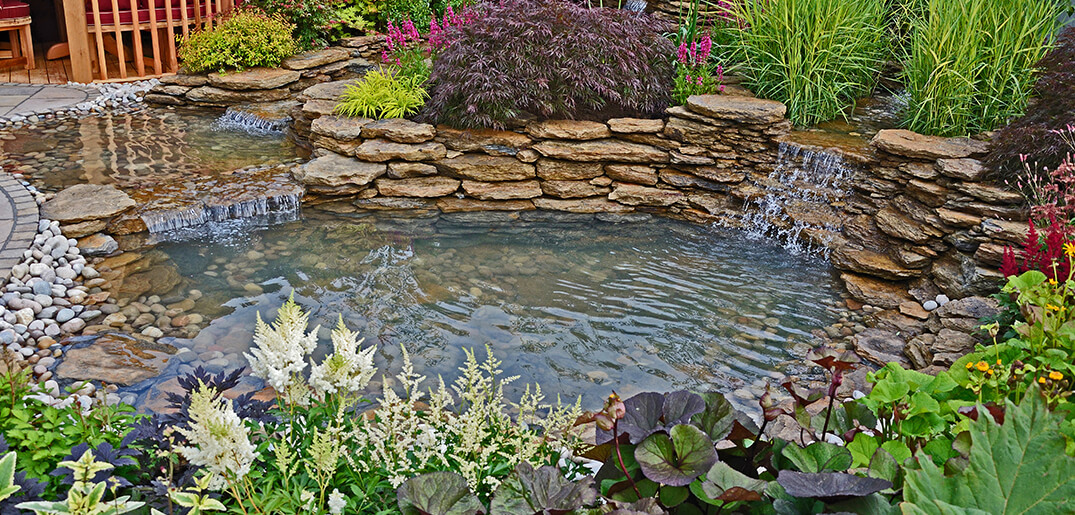The Nexus is an advanced filter that has a simple function. Water enters the Nexus through the inlet which leads to the inner chamber. This works as the first layer of vortex which allows larger particles to filter out. The water then flows through the Eazy where finer particles get caught and removed during the mechanical filtration process. From the Eazy, the water then flows outwards towards the outer chamber where the biological filtration process occurs with the aid of the K1 Media Moving Bed.
The water then flows in between the grills and out the Exit Chamber where it returns back to the pond via the outlet. The Eazy is then cleaned up by the diversion of the air from the Outer Chamber into the Eazy through air valves. Waste products are then remove through the bigger waste ball valve.
The Eazy (Mechanical Filtration)
The Eazy is a stainless steel body that contains a set volume of 20 liters of static K1 Micro Media within the Nexus’ inner chamber. Water enters the Nexus and rotates around the Eazy within the inner chamber downwards which allows larger particles to flow to the bottom. They then pass through the Eazy slots and into the static K1 Micro. The water flows through from all directions through the K1 Micro before mechanical filtration can take place and settlement happens where fine particles get caught within the K1 Micro. The water then continues flowing through the center column slots and through the outer chamber.
The Eazy is designed in such a way that it can be lifted out easily from the Nexus whenever necessary which could be time-consuming and very much of a hassle for other similar products in the market.
Outer Chamber (Biological Filtration)
The Nexus’ outer chamber holds the moving bed of K1 Media. This is the end stage where biological treatment happens. Biological breakdown takes place through different tensions of bacteria thriving on the protected topmost area on every piece of the K1 Media. These bacteria transform Ammonia and Nitrite into non-toxic Nitrate. The volume of Ammonia and Nitrite formed in the pond depends on the amount of feeds and the food type inserted. For higher volumes of feeds, extra K1 Media ought to be introduced into the outer chamber.
In the finest condition, 250 grams of protein feeds can be broken down by 50 liters of K1 Media. To guarantee an outstanding biological filtration can occur, try maintaining your pond’s pH levels of 7 or higher. Bacteria is less likely to thrive in cooler temperatures.
Call our ponds team today at (908) 420-9908 because at Fitz’s Fish Ponds, we would want to ensure your ponds are always providing your koi and other aquatic life with a healthy living environment with our series of reputable pond systems and equipment.


 Blog
Blog



